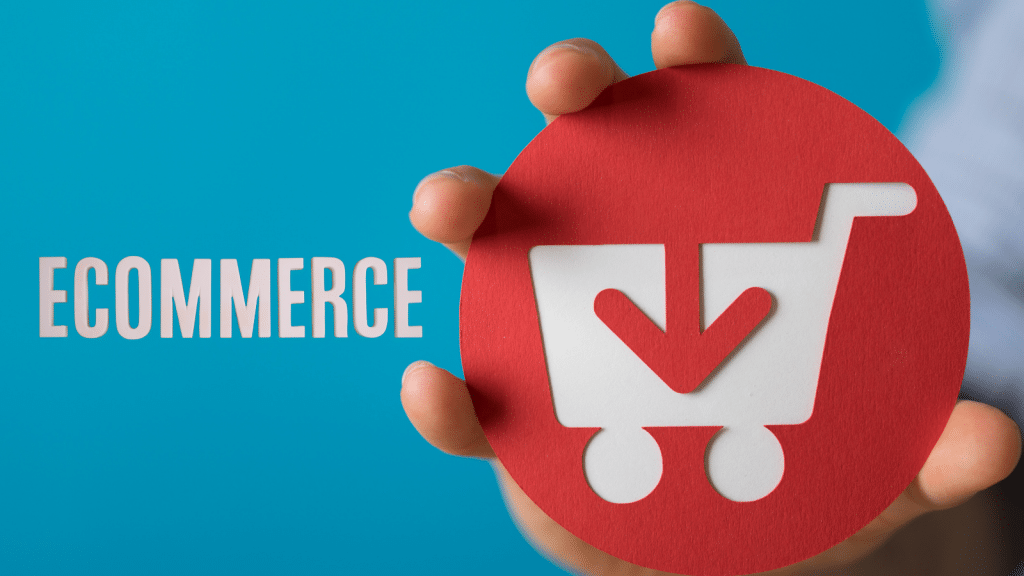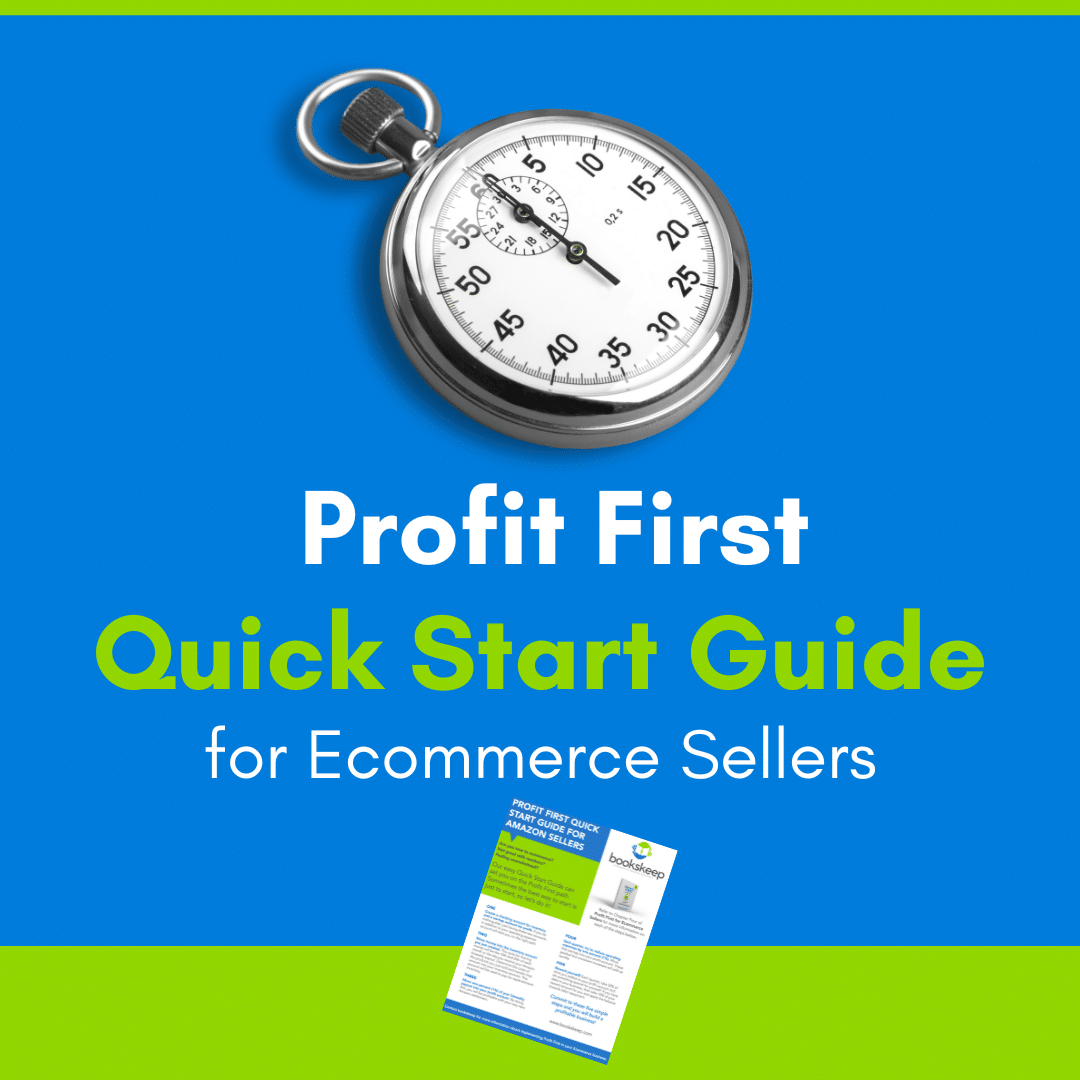
The ecommerce business model continues to soar with an almost constant influx of new sellers on Amazon and other online platforms. We see it daily here at bookskeep, both with existing clients and those seeking our help in getting their fledgling businesses started on the right path from the beginning.
One of the first pieces of advice I offer these new entrepreneurs is to pay attention to their numbers! While it’s easy to get wrapped up in the emotions of seeing your little business go from Zero to Success in a very short time, that model is usually not sustainable. You must know and understand your numbers and use the data to help you plan for those times when your sales dip…as of course, they always do. Fluctuation is the name of the game in ecommerce.
Let’s take a look at some of the key factors to focus on as a new ecommerce seller.
Good Data is Key
This is the step-by-step advice I give to new sellers so that they have good data from the start of their business.
First, get your business entity structure set up correctly. There are many considerations, including taxes and liability and ease of operations. It varies state by state, so check in with your local CPA or someone who is knowledgeable about your state and your personal finances.
Next, get three business bank accounts set up. You need two checking accounts: one for inventory and one for operating expenses. You will also need a savings account. You will use the savings account to accumulate profit and it will also serve to hold your cash reserve as it grows. Let’s dig into these.
Inventory Checking Account
As you plan for your first inventory purchases, consider the minimum order quantity (MOQ) and all the shipping, inspections, packaging, and other costs required to get that product to market. We have a spreadsheet to help you consider and factor in all the costs. You can find it here. Now double that number and add that amount to the inventory bank account. That cash is set aside for the sole purpose of managing your inventory. If you are a new business owner, you most likely had some seed money. You will use a portion of your seed money for this account.
The reason I recommend doubling the amount for your first order is because the timing from your sales and when you get your payouts will typically fall short of when you will need to place your second order. Your seed money should cover at least two rounds of inventory purchases.
Once you start selling, you will fund this account from your sales. With each settlement, you will look at the units sold times the unit costs to determine your cost of goods sold. You will move this amount into your inventory account. These funds will replenish your bank account to fund future inventory orders. If you want to grow your inventory levels, then add an additional percentage to this calculation. If you want to grow at 10%, take the Cost of Goods calculation above and multiply it by 110%. That is the amount of money from your settlement that you will need to move to your inventory bank account. When you place your orders and pay for inventory, you will pay for it from this account.
Profit Savings Account
The Profit First savings account will be the thing that saves you during those downtimes in sales. Having those funds in reserve helped many Profit First ecommerce businesses weather those scary months when the pandemic first hit. My goal is for everyone to have that sense of peace and the funds they need to manage the economic storms. For that to happen, you must deliberately set aside your profit. Start with 1% and make a commitment to grow it each quarter. A new business with real revenue of up to $250,000 (real revenue is Total Revenue less Cost of Goods Sold less Amazon fees) should work up to 5% in their profit savings account.
Operating Expenses Checking Account
This is the account that you will use to pay for advertising, insurance, software subscriptions, etc. You want to keep it low. The funds you use here will eat into your owner pay and taxes, so keep this at a minimum. Be efficient, frugal, and innovative in your operations. If funds start to accumulate in this account, then you are ready to move more money to profit or to consider creating an Owner Pay and a Tax account. Read more about this in my book, Profit First for Ecommerce Sellers.
You can operate quite well with these bank accounts. If you’re looking for an easy banking relationship and want to avoid the fees, check out our recent blog series on banking. Not all banks are created equal and you should look for one that makes Profit First easy.
As you start to get your legs under you, then you’re ready for a true accounting system. Either QuickBooks Online or Xero work really well for ecommerce businesses. To get them working in an automated fashion, we recommend using A2X to pull the details of the settlement deposits from Amazon. This combination will make recording revenue and COGS a breeze.
Learn from Your Data
Once you have your accounting system humming, take a look at your data. What can you learn? Print your Profit and Loss statement out by month for the year and look at the trends. Print your Balance Sheet out by month for the year. You will also see trends, like is your bank balance getting bigger or smaller? Is your debt growing or shrinking? What is the trend with inventory?
It may take a lot of effort to get these books in order, so be sure to finish your job as owner by looking at the results and analyzing your next steps. As you navigate this successfully, you’ll know how to grow your business and your profitability!
Want to learn and understand your Financial Statement? bookskeep President Cyndi Thomason is hosting a FREE webinar tomorrow, December 1 at 11 am Central to help you understand your financial statements. She’ll walk you through what you should be looking at and why those numbers are important! Register here.




Thansl Cyndi
Nice Post!
Fantazi Kostümler
Fantazi Giyim